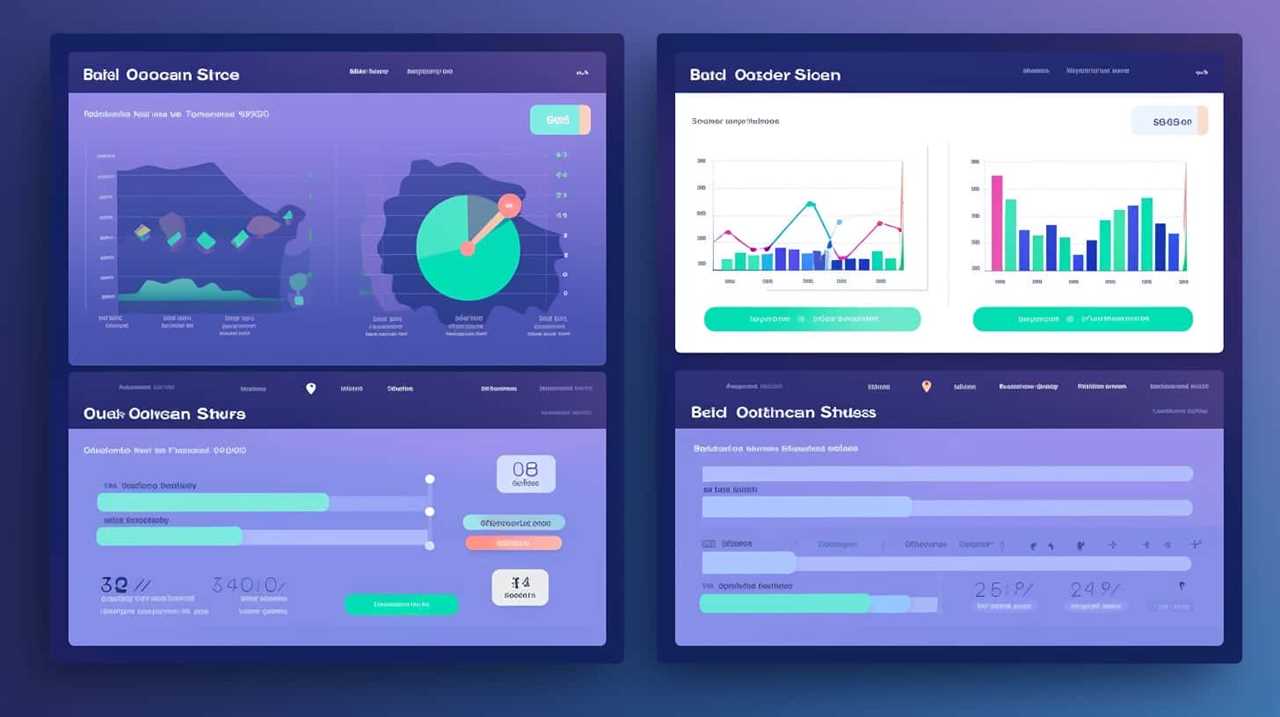Learning SEO can feel overwhelming, but fear not, enthusiasts! We’ve got you covered with everything necessary.
In this article, we’ll explore whether SEO is hard to learn and provide you with valuable insights to master this powerful tool.
From understanding the basics and key components to unraveling the mysteries of algorithms and implementing effective strategies, we’ll equip you with the knowledge and tips you need to conquer SEO.
So, let’s dive in and unlock the secrets of SEO mastery together!

Key Takeaways
- SEO algorithms can be challenging to understand and implement, but learning various techniques can help improve website rankings.
- Keyword research is crucial in SEO as it helps identify the right keywords to target for higher search engine visibility.
- On-page optimization techniques, including the use of meta tags, headings, and content optimization, play a significant role in improving SEO rankings.
- Continuous learning, staying updated with industry trends, and seeking guidance can help in mastering the art of SEO.
The Basics of SEO
Learning the basics of SEO isn’t as difficult as it may seem. Understanding the importance of keyword research in SEO is paramount.
By conducting thorough keyword research, we can identify the words and phrases that users are searching for, allowing us to optimize our website and content accordingly. This helps increase our visibility in search engine results and attract relevant organic traffic.
When it comes to SEO techniques, we must consider both on-page and off-page strategies. On-page SEO involves optimizing elements within our website, such as meta tags, headings, and content, to improve its visibility to search engines.
Off-page SEO, on the other hand, focuses on promoting our website through external factors, such as link building and social media marketing, to enhance its reputation and credibility.

Key Components of SEO
To delve into the key components of SEO, we must understand how they contribute to our website’s visibility and organic traffic.
One important component is the use of SEO tools. These tools help us analyze our website’s performance, identify areas for improvement, and track our progress. They provide valuable insights into keyword rankings, backlink profiles, and competitor analysis.
Another key component is the implementation of SEO optimization techniques. This involves optimizing our website’s content, meta tags, and URLs to ensure they’re search engine friendly. It also includes improving website speed, mobile responsiveness, and user experience.
Understanding SEO Algorithms
Understanding SEO algorithms can be challenging, but it’s crucial for improving website visibility and organic traffic. To navigate the complex world of SEO algorithms, it’s important to learn various SEO techniques and understand the key factors that determine SEO rankings.

Here are two sub-lists that can help you gain a deeper understanding:
- On-page SEO techniques:
- Optimize your website’s meta tags, title tags, and URLs.
- Create high-quality, relevant content that includes targeted keywords.
- Off-page SEO ranking factors:
- Build high-quality backlinks from reputable websites.
- Engage with your audience through social media and other online platforms.
Effective SEO Strategies
We have found that implementing proven SEO strategies is essential for achieving success in improving website visibility and organic traffic.
One of the key strategies is keyword research, which involves identifying the most relevant and high-performing keywords for your website. By understanding what keywords your target audience is searching for, you can optimize your content to rank higher in search engine results pages.
Another important strategy is on-page optimization, which involves optimizing elements on your website such as title tags, meta descriptions, and header tags. This helps search engines understand the content of your pages and improves your chances of ranking higher.

By combining keyword research and on-page optimization, you can create a strong foundation for your SEO efforts.
Now, let’s move on to the next section and explore some tips for learning SEO.
Tips for Learning SEO
Now, let’s delve into some practical tips that can help us learn SEO effectively. To master SEO, it’s essential to familiarize ourselves with various SEO tools that can aid in optimizing websites.
Here are some tips to get started:

- Stay updated: SEO is a constantly evolving field, so it’s crucial to keep up with the latest trends and algorithm changes.
- Keyword research: Learn how to conduct keyword research effectively to identify relevant keywords for your website. Use tools like Google Keyword Planner or SEMrush to find popular keywords with low competition. Analyze competitor websites to gain insights into their keyword strategies.
- Content optimization: Understand on-page optimization techniques to improve the visibility of your content in search engine results. Utilize proper keyword placement, meta tags, and header tags to optimize your web pages.
Frequently Asked Questions
How Long Does It Take to See Results From SEO Efforts?
When it comes to SEO results expectations, the timeline can vary depending on several factors. It’s important to understand that SEO is an ongoing process, and it takes time to see significant results.
Factors such as the competitiveness of keywords, the quality of your website content, and the effectiveness of your SEO strategies can all affect how long it takes to see results.
It’s crucial to be patient and consistent in your SEO efforts to achieve desired outcomes.
What Are Some Common SEO Mistakes to Avoid?
Common SEO mistakes can hinder our efforts to improve our website’s visibility. To avoid these pitfalls, we need to prioritize proper keyword research, optimize our website’s structure and content, and avoid overusing or stuffing keywords.

Additionally, neglecting to optimize our meta tags and neglecting to build high-quality backlinks can also be detrimental to our SEO strategy.
Are There Any Shortcuts or Quick Fixes for Improving Seo?
Improving SEO requires more than just shortcuts or quick fixes for better rankings. It’s crucial to understand that SEO is a complex and ever-evolving field. While there are some strategies that can provide temporary boosts, long-term success requires a comprehensive approach.
Mastering SEO involves staying up-to-date with algorithm changes, conducting thorough keyword research, optimizing website structure, creating high-quality content, and building authoritative backlinks.
How Important Is Social Media for Seo?
Social media marketing is like a powerful wind propelling your SEO efforts forward. It’s a vital component in today’s digital landscape, offering numerous benefits for SEO.

By leveraging social media platforms, you can increase your online visibility, drive more traffic to your website, and enhance your brand’s authority.
Additionally, social media signals are considered ranking factors by search engines, further emphasizing the importance of integrating social media into your SEO strategy.
Can SEO Work for All Types of Businesses and Industries?
SEO can work for all types of businesses and industries. Implementing SEO strategies may present challenges, but with the right approach, it can be effective.
Local businesses, in particular, can benefit from SEO by targeting specific geographic areas and reaching their target audience. By optimizing their website, creating quality content, and building strong backlinks, businesses can improve their online visibility and attract more organic traffic.

With dedication and continuous learning, mastering SEO is attainable for anyone.
Conclusion
In conclusion, mastering SEO may seem like navigating through a dense forest, but with the right knowledge and strategies, it becomes like finding a hidden treasure.
Just like a skilled explorer, we can uncover the secrets of search engine algorithms and optimize our websites to reach the top.
So, let’s embark on this journey of learning SEO, armed with the tools and insights needed to conquer the digital landscape and attract the audience we desire.











